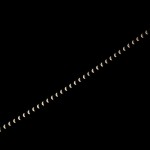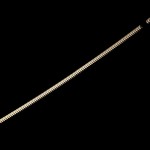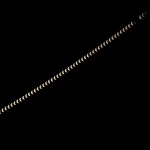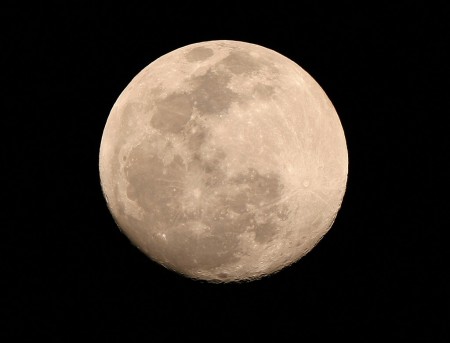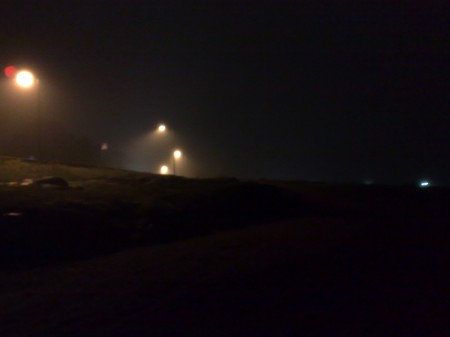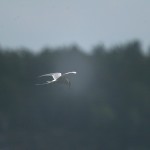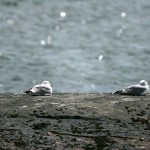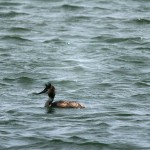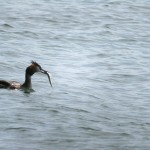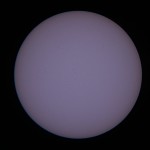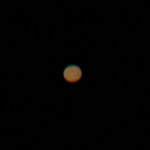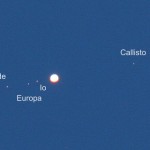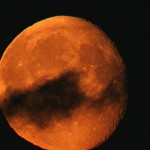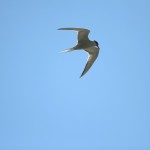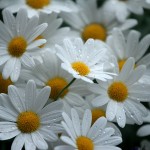I've made a first attempt at pointing my camera towards the night sky. Achieving good results is not an easy task - some people spend considerable amounts of time and money on the hobby of astrophotography ! (and the results are breathtaking)
Just a fun thing to do for me - for now... (they call it 'aperture fever' when you get hooked!)
Having read a little bit about wide-field astrophotography I experimented quite freely with different iso settings, exposure times, focusing etc. Out of about 70 pics, these are the better ones.
All of these are with my Canon 20D, shot from a stationary tripod with a cable release.
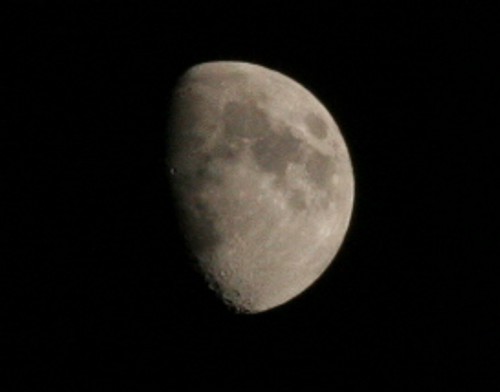
The moon shot at 200mm with a 70-200/F4L, stopped down to F22, shutter 1/160s and iso800. A ca 180% crop. I had the camera on program-mode, but it would probably have made sense not to stop down as much. The light-meter in the camera really does a bad job of metering in this kind of a shot. The only way to get the exposure right is to take lots of pictures with different shutter times. I really need to get that EF-mount adapter for the 500mm mirror tele-objective to get some nicer moon shots !
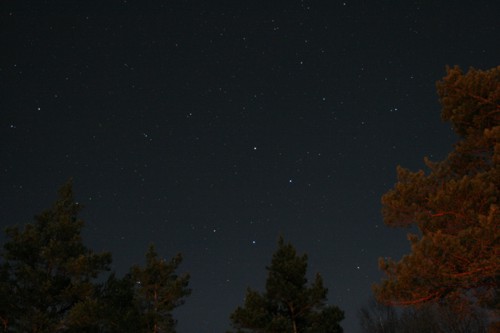
Ursa Major, partly hiding behind the trees. With 17-40/F4L at around 17mm, 10s exposure at F4 and iso1600. Click on the image for a full-screen version.
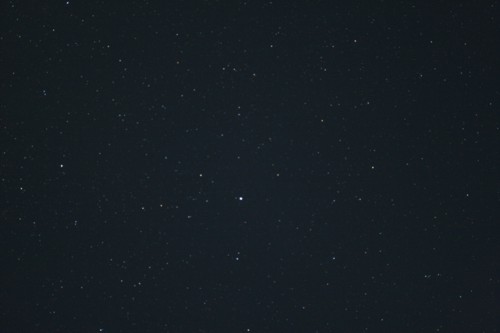
Polaris in the middle. 17mm/F4, 30s exposure at iso800. Click image for a full-screen pic.
Next I suppose I will have to learn about dark-frame substraction, "barn-door" tracking mounts, stacking multiple exposures, etc. Anyone interested should check out Canon_DSLR_Digital_Astro and digital_astro, but beware of the message volume, up to 1000 per month !
The only problem with this hobby in Finland is that it's only dark enough during the winter - and on clear winter nights it tends to be really cold. (think remote-controlled "go-to" mount and laptop-operated camera from the livingroom sofa...)
